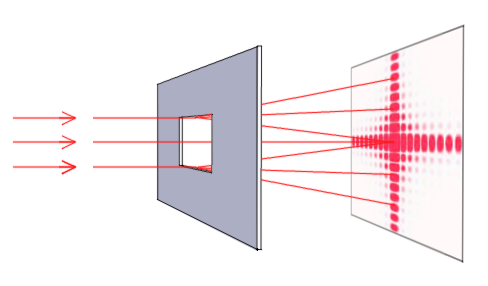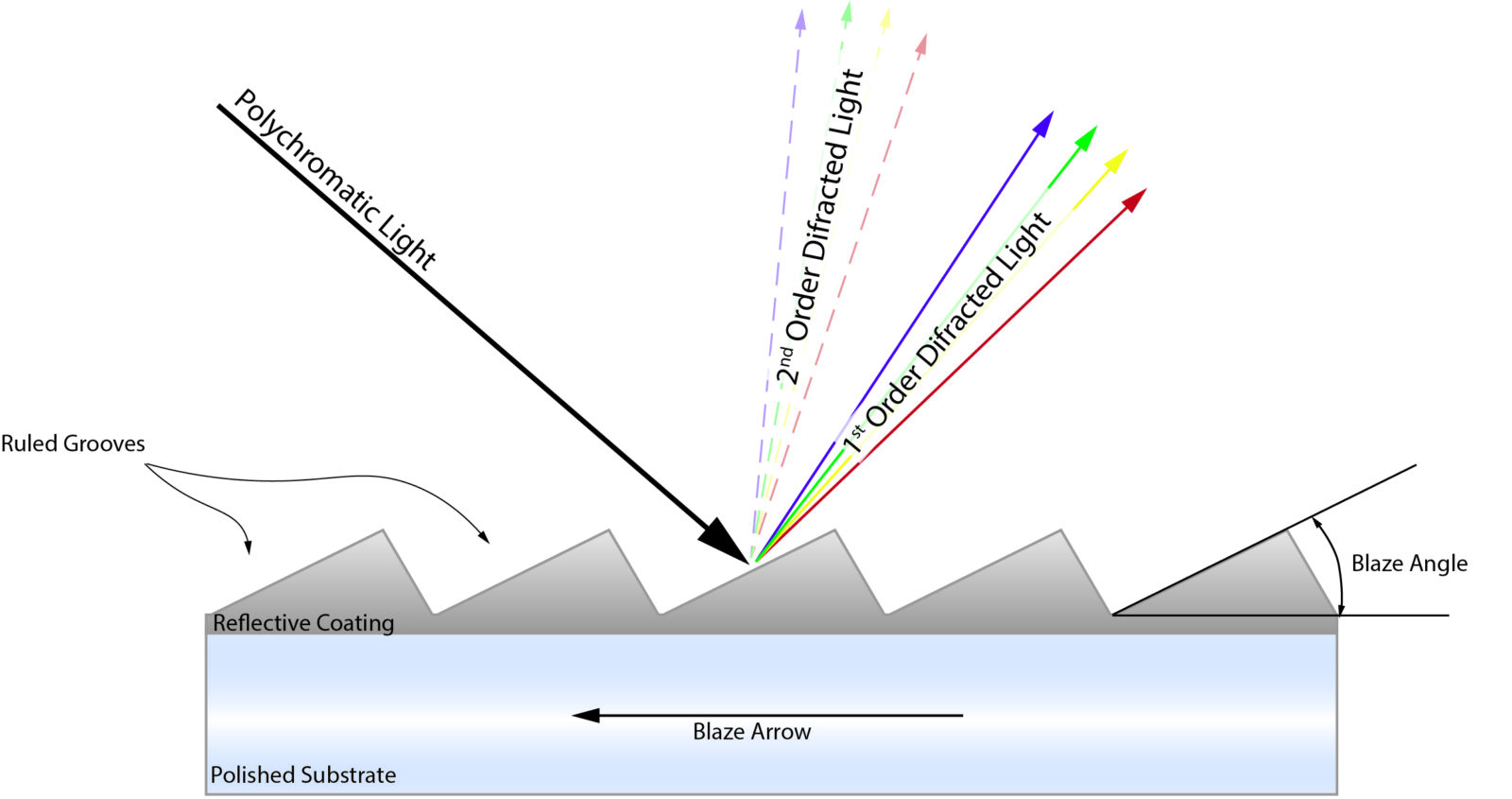

3, can also be used to measure the track spacing. Light at an oblique incidence, as shown in Fig. Equation (1) implies that the track spacing is less than the wavelength of the light used, so d < 0.635 m. Therefore, there is only one observable spot on the screen, and it is located at the same position as the incident beam. Suppose that 600nm light is normally incident on a transmission diffraction grating with a groove spacing of 300 lines per mm. 4 In this configuration, there is no diffracted ray for a Blu-ray disc. Calculate the position of the zeroth-order spot on the screen using the formula: y = L tanθ, where y is the distance from the incident beam to the spot on the screen, and L is the distance from the CD to the screen. Remember from the introduction that d is the data track spacing on a CD or DVD. For each column ( m -2, -1, +1, +2), calculate an average value of d and enter it in the last row of your data table. Therefore, only the zeroth order (m = 0) is observable, and its angle of diffraction is θ = 0.Ģ. Inexpensive red laser pointers are generally in the 635670 nm range. optical resolution limit imposed by the properties of light diffraction dates. For the third order, m = 3, sinθ = 3 × 632.8 × 10^-9 / 1.5 × 10^-12 = 1265.61, which is still impossible. SNOM light intensity peaks are centred in the valley of the DVD structure. 2-study the different between the CD & DVD. Thus, sinθ = 1 × 632.8 × 10^-9 / 1.5 × 10^-12 = 421.87, which is greater than 1 and therefore impossible. The aim of work: 1-measure the distance between tracks of CD and DVD. For the first order, m = 1, λ = 632.8 nm, and d = 1.5 pm = 1.5 × 10^-12 m. By shining a light beam into a grating whose spacing, d, is known, and measuring the angle,, for the resulting diffraction pattern (maxima), the wavelength. Calculate the angle of diffraction for each order using the formula: sinθ = mλ/d, where m is the order of diffraction, λ is the wavelength of the incident light, and d is the groove spacing of the CD. The use of tonic water in the experiments enabled the diffraction orders to be seen more easily because violet light causes the quinine in tonic water to fluoresce.1. When a violet laser was reflected off a CD in air, three diffraction orders were seen, however five orders were observed in water. Red, green, and violet lasers were reflected off CD, DVD and Blu-ray discs and the number of observed diffraction orders compared with theory.

A violet laser was reflected off a DVD in air, and one diffraction order was seen, but two orders were observed when the disc was immersed in water. However, in water (refractive index 1.33) the wavelength of violet light reduces to 304.5 nm and therefore first-order diffraction can occur when a violet laser is reflected off a Blu-ray disc submerged in water.

When a violet laser (405 nm) is reflected off the surface of a Blu-ray disc (track spacing 320 nm) diffraction cannot occur since the wavelength is greater than the track spacing. Phy 212: General Physics II Instructor: Tony Zable page 1 of 6 Experiment: Diffraction & the Groove Spacing for CDs & DVDs Objectives: To observe the diffraction behavior of light To determine the spacing distance for a diffraction grating To determine and compare the groove spacing of a CD with that of a DVD Introduction: The diffraction of classical waves refers to the phenomenon. In this paper, a simple method is described for visually demonstrating that the wavelength of light reduces when entering a medium of higher refractive index. Setup: Determining the Wavelength Place your laser pointer in the groove in the base.


 0 kommentar(er)
0 kommentar(er)
